When was the last time you tapped on an ad on your phone? No, not accidentally -- actually on purpose. I'm going to go out on a limb and guess that the answer is never.
In mobile advertising's short history, we've developed such an adversarial relationship with banner ads that we're a), ignoring mobile ads entirely, b), getting pissed off and/or c), paying to get rid of them. This is an interruptive, fractured relationship -- and I'm on a mission to reverse it.
More than 50 percent of the U.S. population now has a smart phone, and if you have one, you're probably reading this article on it (while carefully avoiding that annoying banner ad on the bottom of the screen). Mobile has infiltrated our everyday behaviors more than any previous invention. Don't just take my word for it: Flurry reports that "combined, smart devices -- iOS and Android smartphones and tablets -- are the fastest adopted technology in history; adopted faster than electricity, televisions, microwaves, personal computers... and a whole lot more."
I'm passionate about this because mobile for me is like TV was for my parents -- I've grown up with it. And I'm of the opinion that there's a better way to engage people on their phones than taking a billboard (a 70-year-old marketing technology) and shrinking it down to fit a four-inch screen.
A couple years ago, I was on a long flight to Asia, and while walking up and down the aisle, I noticed that almost everyone was playing a game on their touch screen devices. I observed how happy people were in achievement moments where they accomplished something, and I thought, What if instead of an obtrusive banner ad, that happiness could be augmented with a relevant reward from a brand they know and love? A virtual high-five, if you will.
Although many brands try to reward you, they do so through the same old banner ad. There's only so much lipstick you can put on a pig. It is very easy for brands to effortlessly slap an ad in there; we prefer they slap a high-five.
It's as simple as beating your high score in Mega Jump and getting a gift card from Best Buy. Or after logging your workout in Nexercise, receiving a reward for a free song download to go on your next workout playlist. It's a different approach, and it's actually reversing the emotions people have with mobile marketers. Check out this infographic to see when and where happiness moments occur across the country.
These devices have become closer to us than ever before. Mobile has huge potential to make our lives better -- it already has -- but advertising has made it less so. We're dedicated to changing this medium and making it better.
This post is part of a series co-produced by The Huffington Post and Blogworld, in conjunction with the latter's NMX BusinessNext Social 2013. That event will feature some of the world's leading social-business luminaries and influencers, each of whom will be speaking at the event to provide an up-close look at how the world's most successful businesses harness the power of social.
